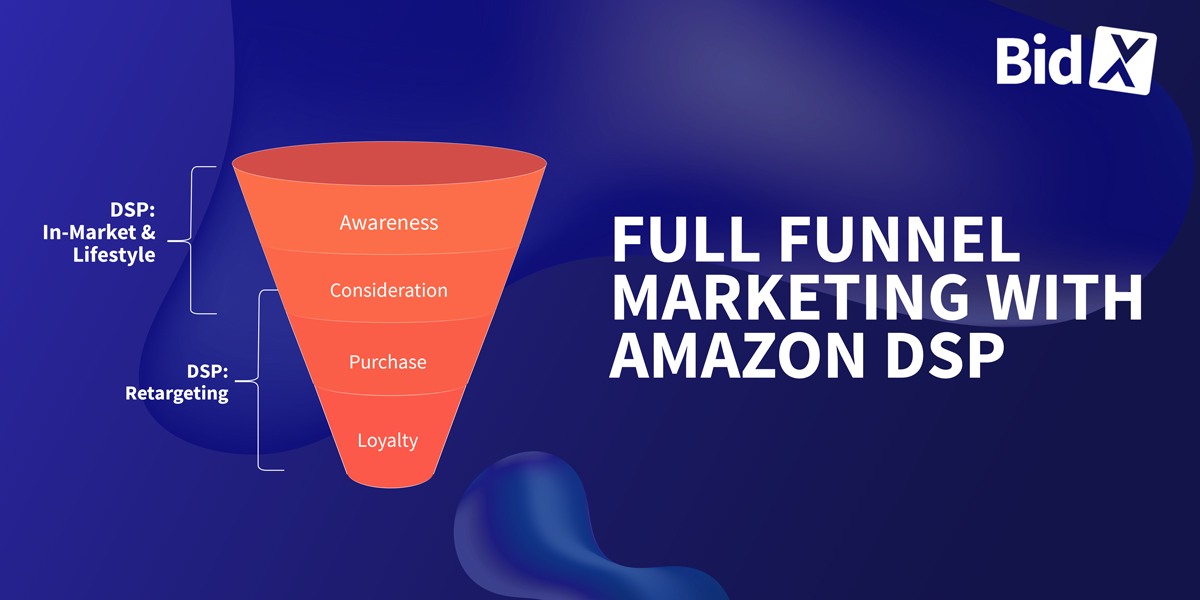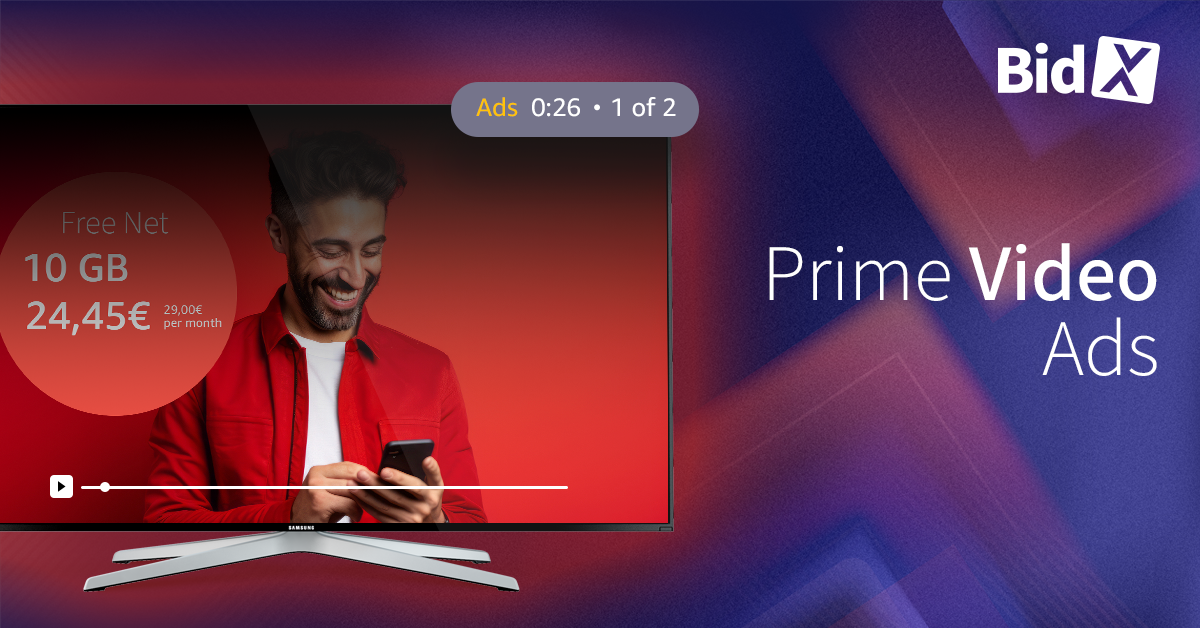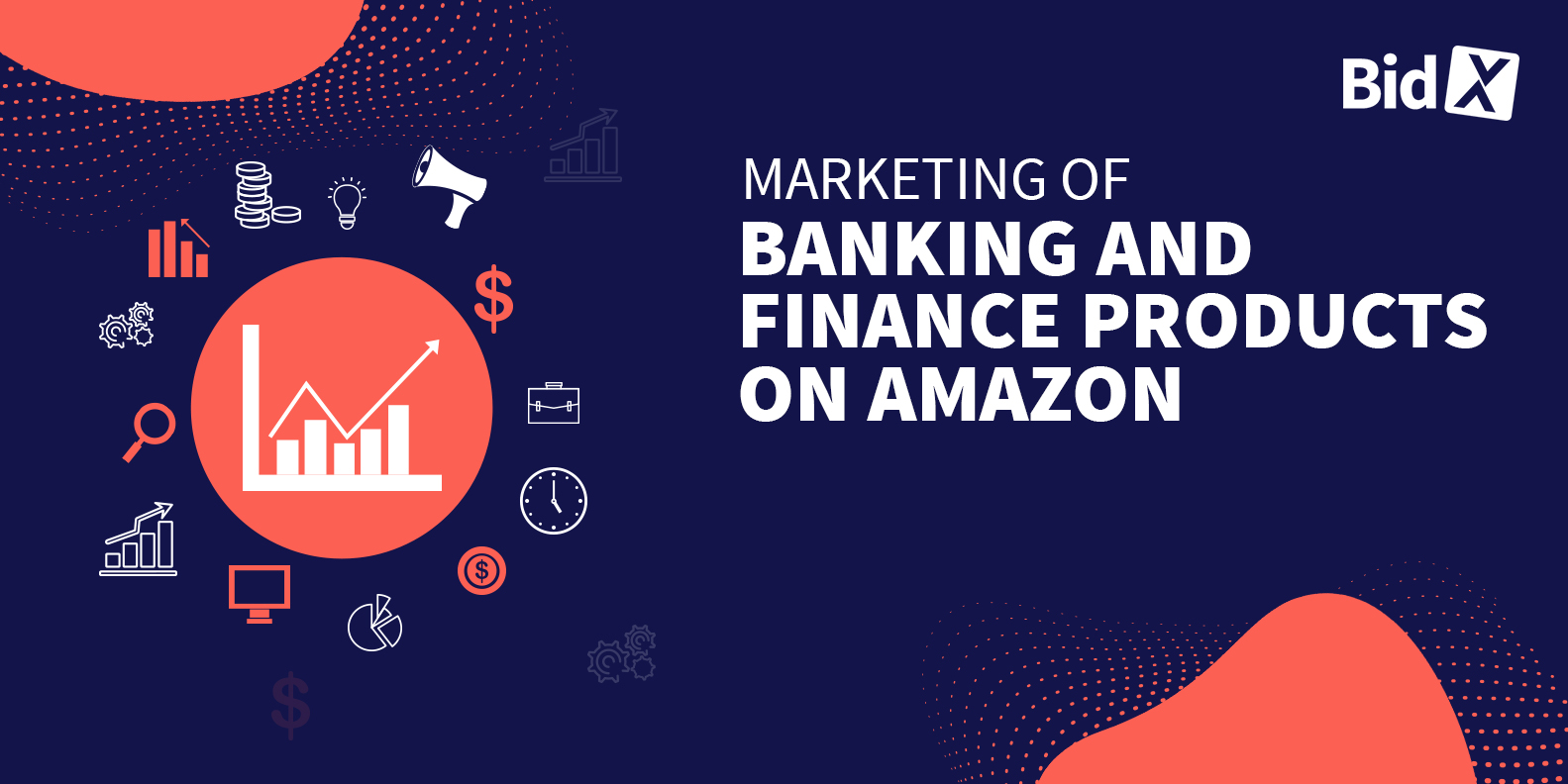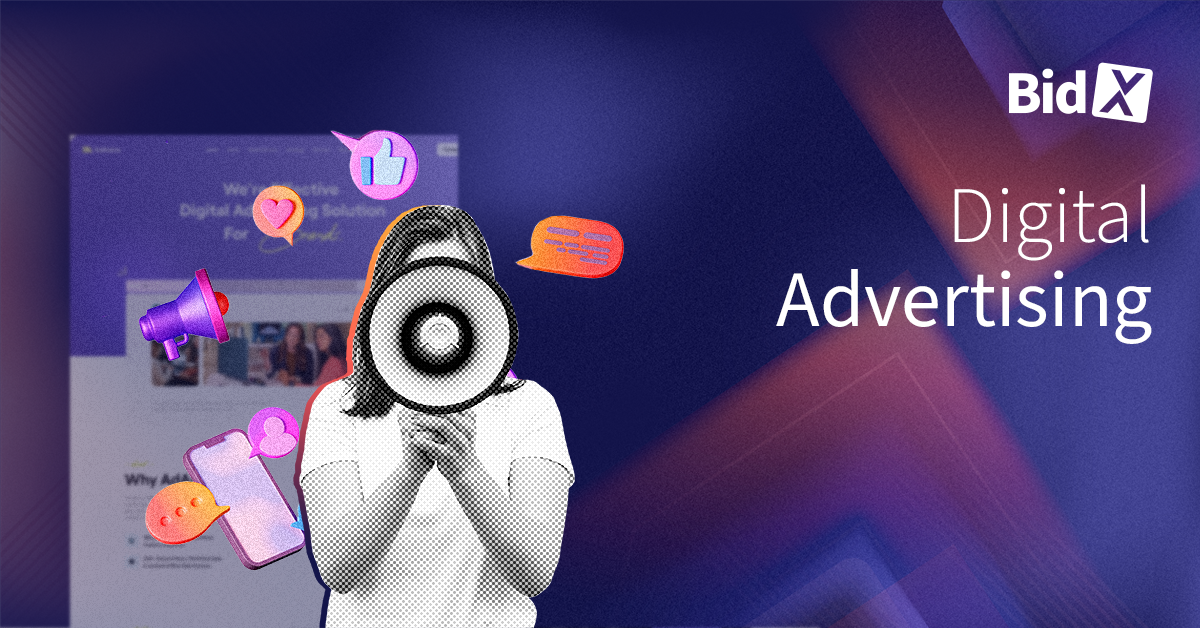Full-Funnel-Marketing with Amazon DSP
What is Full-Funnel-Marketing?
A marketing funnel describes the journey that a potential customer takes from the initial awareness stage, through consideration and purchase decision, to customer loyalty. Full funnel marketing encompasses all of these stages and aims to develop prospects into customers. Full funnel marketing starts at the top of the funnel and considers the customer's needs at all stages of the funnel.
%20Kopie.png?width=407&height=407&name=image%20(21)%20Kopie.png)
What are the phases in the sales funnel?
Awareness
In the first phase, creating awareness, the focus is on memorizing one's brand to potential customers. The goal is to ensure that the brand remains in customers' minds throughout the path to purchase and that they remember it when the decision to buy is made. This can be achieved through various measures such as advertisements or social media campaigns.
Consideration
During the consideration phase, potential customers strive to learn more about the brand and the product. Therefore, it is advisable to communicate to customers what sets the brand apart from its competitors and how it can meet their needs.
Conversion
The next step in the marketing funnel is the customer's decision to buy. Ideally, of course, the customer should make that purchase with one of your products. Therefore, a well-designed product detail page is crucial, as it can be one of the features that sets your brand apart from the competition. The more convincingly your product and its benefits are presented, the higher the probability of a successful conversion.
Loyalty
In the final phase of the marketing funnel, the focus is on customer retention. It is critical to maintain contact with the customer and ensure that the experience during and after the purchase is extremely positive. This positive experience can be created through targeted email and social media campaigns or through participation in loyalty programs.
Why is full funnel marketing so important?
It is important to catch up with buyers at all stages of the marketing funnel in order to achieve the greatest possible success. This is how new target groups can be reached, sales can be increased, and customer loyalty can be fostered.
Important: Although funnel models appear linear, the customer journey rarely follows a straight line from awareness to consideration to purchase.
Advantages of full-funnel marketing in detail
With a well-thought-out full-funnel marketing strategy, you can achieve various goals. These are the three most important ones:
1. Reach new customers and persuade them to buy
Building your brand alone is not enough to generate immediate sales from new customers. In most cases, few buyers are ready to make an immediate purchase. It's often more effective to combine strategies from both the top and bottom of the sales funnel to ensure your brand stays in the minds of potential new customers.
2. Increase sales
Although many advertisers view performance marketing as the preferred way to increase sales, a holistic full-funnel approach can often be more effective. By extending your marketing strategy beyond the purchase-only phase of the funnel, you can actively capture the interest of potential new customers and increase the loyalty of existing customers, which helps drive sales in the long run.
3. Build loyalty
Some sellers view customer loyalty as a separate stage of the funnel, however, it can be beneficial to invest in a holistic full funnel strategy rather than viewing customer loyalty promotion as a standalone tactic. This approach allows you to drive repeat purchases of your brand and increase a customer's long-term value (lifetime value) by building trust that supports long-term customer loyalty.
Example of different conversion paths
To better understand the different paths customers can take until they ultimately buy your product, we have an example for you.
Customer A is watching Fire TV when a commercial for a new vegan chocolate from company XYZ is displayed. Since he's vegan and doesn't have any chocolate at home right now, he pauses his Fire TV, opens the Amazon app on his device, and types "vegan chocolate from XYZ" into the search bar. He clicks on the ad for XYZ's vegan chocolate and starts reading the reviews. Then he gets distracted by a call from his friend.
After he has finished the conversation, he opens a website on his mobile phone. There he notices a display ad for XYZ's vegan chocolate and remembers the original reason for picking up his phone - to find the vegan chocolate. This ad directs him back to the product page of the vegan chocolate. Finally, because of the many positive reviews, he decides not only to order the chocolate, but to enter into a subscription for the product directly.
This customer's conversion path has some typical characteristics for today's customer journey:
- Speed: When the commercial starts, the buyer is not yet familiar with the product (awareness phase). However, at the end of the Journey, he decides to subscribe, which means he is already in the loyalty phase.
- Multiple channels: The customer uses his mobile phone in parallel to watching the commercial, which results in him acting practically simultaneously in the Awareness and Consideration phases.
- Non-linear: In this journey, the customer decides to subscribe before he has even tried the product. This illustrates that customers today do not always go through a linear sequence of phases before making a purchase decision.
Customer B might experience a completely different Customer Journey. Let's say this customer notices that his chocolate is almost gone and decides to look for a new option himself. He might type "vegan chocolate" into the Amazon search bar and look in the category for chocolate that has both good customer reviews and is fairly produced. The customer might discover XYZ's chocolate via an ad on another chocolate brand's product detail page. He might then click on the ad to read reviews and visit the XYZ store to learn more about their production methods.
In this scenario, the customer enters the funnel at the consideration stage. He knows he wants chocolate and prefers products that have been produced fairly.
So you see that the customer journey is rarely linear and customers can enter in different phases. Nevertheless, with full-funnel marketing you could map both customer journeys and reach both customers. You can find out how in the following.
Full-Funnel-Marketing with Amazon DSP
If you don't know what Amazon DSP is all about, here's a brief overview.
What is the Amazon Demand-Side Platform (ADSP)?
The Amazon Demand Side Platform (ADSP) is used by advertisers to run display and video ads. This opportunity is available not only to Amazon sellers and vendors, but also to external businesses that don't sell on Amazon. The DSP is based on Amazon's comprehensive data, which allows you to target customers who have a high likelihood of buying. By leveraging the rich data in the ADSP, you can create target groups based on their search behavior, product views, and purchase patterns, allowing you to target Amazon customers with extreme precision. In addition, you can leverage Amazon's extensive network and run ads on Fire TV, Twitch, or IMDb, for example. What makes DSP special is that you can target customers at every stage of the sales funnel.
Why is ADSP ideal for full funnel marketing?
As already mentioned, the Amazon Demand-Side Platform can be used to target customers at every stage of the sales funnel. Amazon's Sponsored Ads can also be used to target potential customers in the various stages of the sales funnel. However, the targeting here is not as granular as with Amazon DSP. Amazon DSP makes it possible to create audiences with Amazon's extensive data and target them specifically. Thus, the probability of a sale is German higher. Also, Amazon's Sponsored Ads can only be used by sellers who sell on Amazon, whereas Amazon DSP can be used by any business.

As you can see in the funnel shown, in-market targeting and lifestyle targeting are particularly well suited for the awareness and consideration phases. With in-market targeting, you can target users based on their historical shopping and search behavior on Amazon. For example, if a user has purchased fitness products in the past, your ad could be played out when segments like health, sports, or fitness are selected. Lifestyle targeting is based on users' life stage. For example, if users have purchased soothers and diapers, they will be placed in the "Parents with children aged 1-2" segment. If you sell toys for toddlers, it would be ideal for you to target this group. Thus, you can see that Amazon DSP allows you to target customer segments that have a high likelihood of purchase.
Retargeting can be used for the consideration phase as well as for the purchase and retention phase. The Amazon DSP offers different ways to use retargeting. You can get a detailed overview in our Blog article about retargeting strategies with the Amazon DSP.
Amazon DSP also gives you access to many different ad formats that target different stages of the sales funnel.
Video ads, for example, can be used for the awareness phase. Display ads are more suitable for the consideration phase and dynamic e-commerce ads, for example, for the purchase phase.
Using the Amazon demand-side platform is possible either through the Amazon Managed Service or by working with a registered DSP partner such as BidX. As a certified Amazon Advanced Partner, BidX offers a number of benefits that go beyond mere access to the DSP. Our experts have in-depth knowledge of DSP advertising and successfully manage seven-figure advertising budgets.
BidX offers a wide range of benefits, including low-cost management fees, comprehensive support, full setup of your campaigns, ongoing optimizations, strategic consulting, regular reporting and much more!
Schedule an appointment with us now to discuss your options with Amazon DSP!







